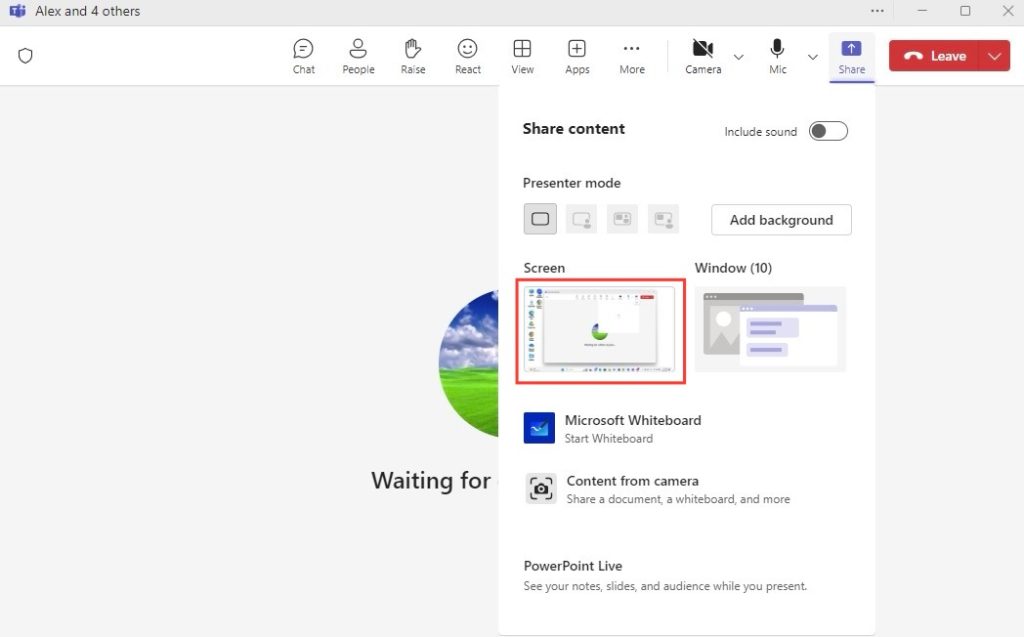With a few clicks, we can transform how we work together virtually. The annotation tools in Microsoft Teams enable us to draw, highlight, and pinpoint specific areas of documents and presentations during live meetings. This leads to more dynamic and visually engaging discussions that can help clarify intricate points and garner immediate feedback from the team. Imagine conducting a brainstorming session where everyone can visually contribute in real-time — that’s the power and convenience of these simple yet robust tools.
Key Takeaways
- Annotate in Microsoft Teams by navigating to the share tray during a meeting and selecting the content you wish to share; then use the toolbar to choose from various pen tools, highlighters, and shapes for markup.
- Enhance your annotations in Microsoft Teams for clarity and emphasis by experimenting with different colors and thicknesses, making use of the undo feature for mistakes, and collaborating with real-time visibility for all participants.
- Encourage active engagement in your virtual meetings by using annotations to emphasize key points, provide visual aids for explanation, and invite others to annotate on shared documents or presentations to foster a collaborative environment.
Table of Contents
Why Annotation in Microsoft Teams Matters
Enhance Communication and Clarity
Annotations in Microsoft Teams serve as visual aids that bolster our verbal explanations, making complex ideas more digestible. By underlining crucial figures or circling key concepts during a presentation, we ensure that nothing gets lost in translation. This clarity leads to a stronger understanding across the board, as every team member can follow along and grasp the significance of discussed points.
Foster Inclusive and Interactive Meetings
We create a more inclusive environment when we invite all participants to annotate during a meeting. This inclusive approach not only welcomes diverse perspectives but also makes meetings more interactive and engaging. We’re fostering a culture where every voice is heard and where collaboration truly shines. Encouraging team members to contribute their annotations ensures that we tap into our collective creativity, leading to richer discussions and innovative solutions.
Getting Started with Microsoft Teams Annotation
Tips for Effective Use of Annotation in Meetings
To ensure the annotations we use add value to our meetings, here are some tips for effective use:
- Keep It Clear: Use annotations sparingly to avoid overcrowding the screen. Focus on the most important points to maintain clarity.
- Color Code Wisely: Different colors can signify different actions or priorities. Keep a consistent scheme so that participants can quickly understand the meaning.
- Involve Everyone: Encourage team members to annotate as well. This promotes engagement and generates diverse input.
- State Your Purpose: When you annotate, briefly explain why to ensure everyone is on the same page.
- Summarize Annotated Points: At the end of the meeting, go over the annotated content to reinforce key takeaways.
Step-by-Step Guide to Annotate in Teams
STEP 1: Join or start a meeting in Teams.
STEP 2: Click the ‘Share’ icon and select ‘Share Full Screen.’
STEP 3: Click ‘Annotate’ in the Meeting Controls at the top.
STEP 4: Use the tools to draw, highlight, or add text on the shared screen.
STEP 5: Click ‘Stop Sharing’ when you’re done.
Remember to click the ‘Annotate’ icon again to turn off the tools when you’ve finished. This will help keep the meeting interface clean and distraction-free.
Troubleshoot Common Annotation Hiccups
Addressing Compatibility Issues Across Devices
When it comes to compatibility issues across different devices while annotating in Teams, here’s what we can do:
- Update Regularly: Ensure that Microsoft Teams is updated to the latest version on all devices, enhancing functionality and compatibility.
- Check Permissions: If certain participants are unable to annotate, confirm that they have the necessary permissions given by the meeting organizer.
- Use Compatible Devices: While Teams is widely accessible, some features work best on certain devices. For optimal annotation, use devices that support touchscreen or digital pen input.
- Seek Support: If issues persist, visiting Microsoft Support or checking forums may provide device-specific solutions.
Frequently Asked Questions (FAQs)
Can I Save Meeting Annotations for Future Reference?
Yes, you can save meeting annotations in Microsoft Teams. Once the meeting ends, these annotations are saved automatically in the meeting chat for all participants to access later. This feature ensures that you can revisit your discussions and captured insights at any time, reinforcing the meeting’s outcomes.
Can you write on the screen in Teams?
Yes, you can write on the screen in Teams during a meeting when you share your screen and use the annotation tools. Both you and other participants (if allowed) can draw, highlight, and add notes directly over the shared content, which enhances collaboration and engagement.
How do I annotate a PDF in Microsoft teams?
To annotate a PDF in Microsoft Teams, open the file within a Teams chat or channel, use the annotation tools to draw, highlight, or add text, and then save your annotated document. You’ll have the option to share it with participants or keep it for personal references.
How Do I Change Microsoft Teams Annotation Settings?
To change annotation settings in Microsoft Teams, as the meeting organizer, go to the share tray, select ‘More,’ and then ‘Meeting options.’ Here, you can adjust who has permission to annotate—just you, specific individuals, or all attendees. These controls help manage the flow of the meeting and ensure that annotations are used effectively.
John Michaloudis is a former accountant and finance analyst at General Electric, a Microsoft MVP since 2020, an Amazon #1 bestselling author of 4 Microsoft Excel books and teacher of Microsoft Excel & Office over at his flagship MyExcelOnline Academy Online Course.









